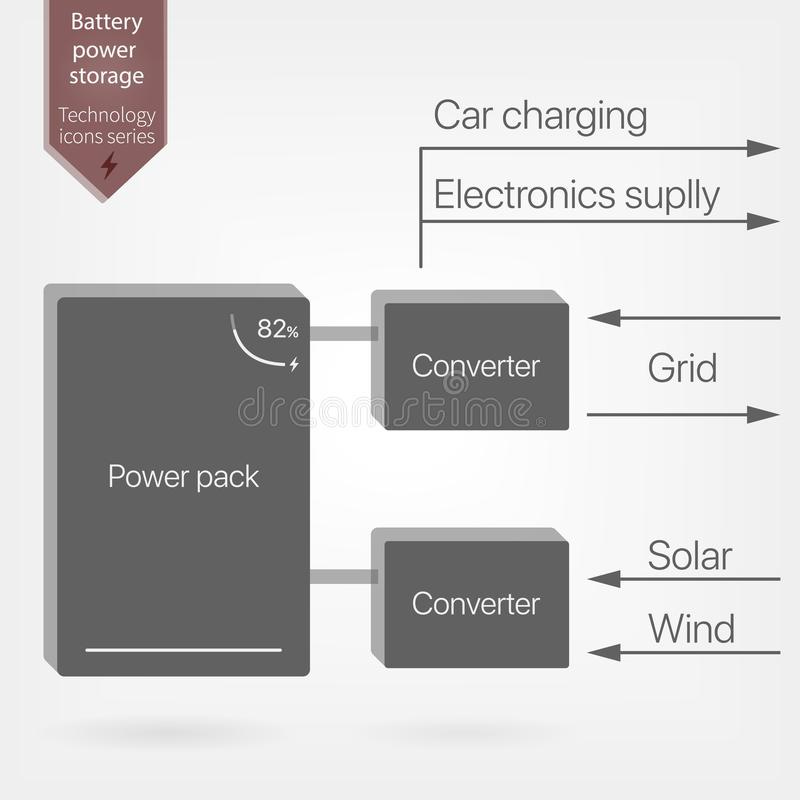The avg US home uses 11,700 kWh a year or 32 kWh a day. This figure only increases every year due to increased demand for air conditioning, electric car adoption, and more. As developing nations reach similar standards of living the global demand for household energy will be immense. This is why the interest in net zero homes has been rising.
Net Zero Homes
To achieve a net zero energy home there are 2 main principles:
Reducing household energy use
Generating energy through household means
Reducing Household Energy Usage
There are a wide variety of things that go into building an energy efficient home.
Solar Orientation Architecture
Cool Roofs
Insulated Foundations
Insulated Windows
Vapor Barriers
Energy Recovery Ventilation
Radiant Floor Heating
Smart Thermostat
Appliances
Holistic Applications
Retaining more water in the environment with nature reduces ambient temperatures which can help with air conditioning costs. There are additional benefits such as increased biodiversity, and many studies indicate that greater integration of nature enhances people’s wellbeing. This is why we should apply principles of permaculture to our lawns and neighbourhoods.
Generating Household Energy
As of 2023, there are only 2 realistic options for household energy generation:
Solar photovolatic
Turbineless wind energy
Grid Independence
When the grid gets knocked out in your neighborhood, your home is cut off from energy. Your fridge stops cooling, your lights don’t turn on, and your HVAC won’t be working. There are multiple ways to combat this by installing a fuel generator or a home battery system. However, if we want to be truly independent of the grid we should only consider energy storage systems. If we had a decentralized grid instead of the conventional style of grid, energy security would be vastly greater and overall prosperity may be greater.
Autobidders
Homes with energy storage systems could profit from adding stability to the grid. There are softwares already utilized by grid scale utility companies which determine energy prices based on supply and demand. If we have a greater amount of supply from grid independent homes we could see energy prices decline. Moreover, demand could decline since the grid independent homes may be able to be self sustaining, especially with the use of energy generation.
Home Storage
Currently home storage batteries are rather expensive for a low amount of capacity that degrades rather quickly. One upcoming contender in this industry is Forever Energy. Their promises are bold, but if they are met we will see a huge cost and capacity improvements.













